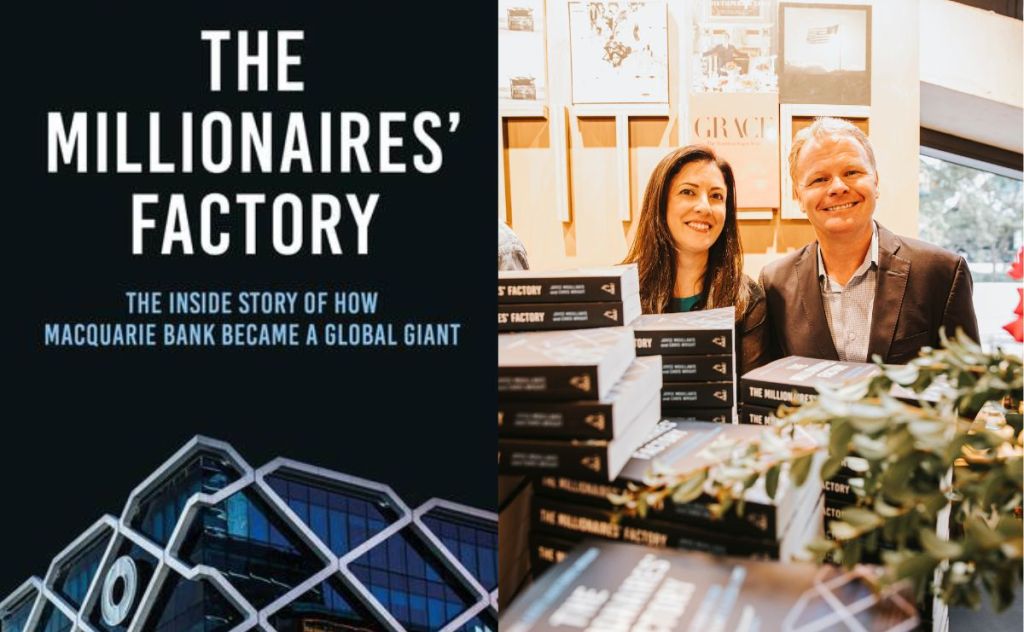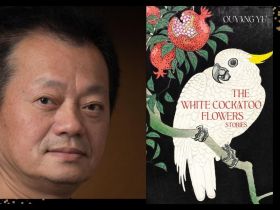Australia’s own Macquarie Bank has been referred to colloquially as ‘the millionaires’ factory’ almost since its inception. It shouldn’t be real – it should be a Netflix series, the product of a vivid imagination. Think Mad Men with bigger deals, bigger egos and much, much more money. Or Wall Street with all the excesses of the 80s but enough talent, and money, to survive the GFC and come out even stronger than before. But it is all too real and an impressive Australian success story with a formidable global reach. Indeed, only around 25% of Macquarie’s business is now based in Australia.
The ‘millionaires’ factory’ nickname came about not because it made millions for its clients, who were usually high net worth individuals to begin with, but because of the extraordinary salaries and bonuses it paid to its staff. These are people who can make more money in a day than most of us make in a year and whose actions can influence financial markets across the world.
Anyone who worked in banking and finance dreamed of a job at Macquarie, a place where ‘a few bankers … used to, on a whim, fly out to places like Thailand on Friday after work, because they felt like eating Thai food from a particular restaurant’.
Some 50 years on, the Macquarie Group is now much more than a bank; it’s a major investor in businesses and commodities the world over and an international leader in infrastructure funds management. It would be hard to measure the level of access and influence it holds, fiscally and politically. Many critical industries in the UK, the US, Canada, Europe and South Korea rely heavily on Macquarie Group’s involvement and expertise.
One of the difficulties in writing about an institution like Macquarie is the complexity of the business. The authors here, Joyce Moullakis and Chris Wright, are both senior financial journalists whose own global careers mean they are well-placed to understand both the company and the markets in which it operates. Together, they have compiled an extraordinarily detailed account of the place and its people, the deals it makes and its all-important corporate culture.
This depth of research is both the strength and the weakness of the book. At over 400 pages, there is just too much for the general reader to absorb. And that’s without the 25,000 words of supplementary material that can be read online. Rather frustratingly, this includes everything that would traditionally be included in a footnote or endnote, so you can’t just turn to the back of the book to check a quote or find a source.
Inevitably, it is the insights into the personalities and the corporate culture that will be the most absorbing for general readers. It’s intriguing to know what it’s really like to work in a place where multimillion-dollar deals are being made every day. How do those at the top create and maintain an environment where creativity and risk-taking are at the heart of its success, but still maintain some control and discipline? And how are those risks managed and mitigated?
Is there a lesson here for us all in their “fail to succeed” ethos? There have, of course, been some mistakes along the way, and the authors discuss Macquarie’s failures as well as its successes. And those successes have benefited the small shareholder, as well as the organisation and its wealthy clients. If you’d bought $100 of Macquarie shares back in the beginning, that would now be worth around $10,000. And even just 10 years ago you could buy MQG shares for around $25 – they’re now trading at near to $180.
Read: Exhibition review: Troy-Anthony Baylis, QUT Art Museum
The authors do address some of the scandals and rumours that have afflicted Macquarie over the years, but so far the bank has avoided the “rogue trader” affairs that have devastated other financial companies. And as CEO Shemara Wikramanayake says diplomatically in the book, any organisation employing close to 20,000 staff is bound to have “idiosyncratic events” occur occasionally.
The Millionaires’ Factory really is a fascinating read – even if you skim through some of the more complex financial sections – and the closest most of us will ever come to people who earn a million dollars a week!
The Millionaires’ Factory: The inside story of how Macquarie Bank became a global giant.
Publisher: Allen and Unwin
ISBN: 9781761067150
Format: Paperback
Pages: 416pp
Publication date: 28 February 2023
RRP: $36.99





